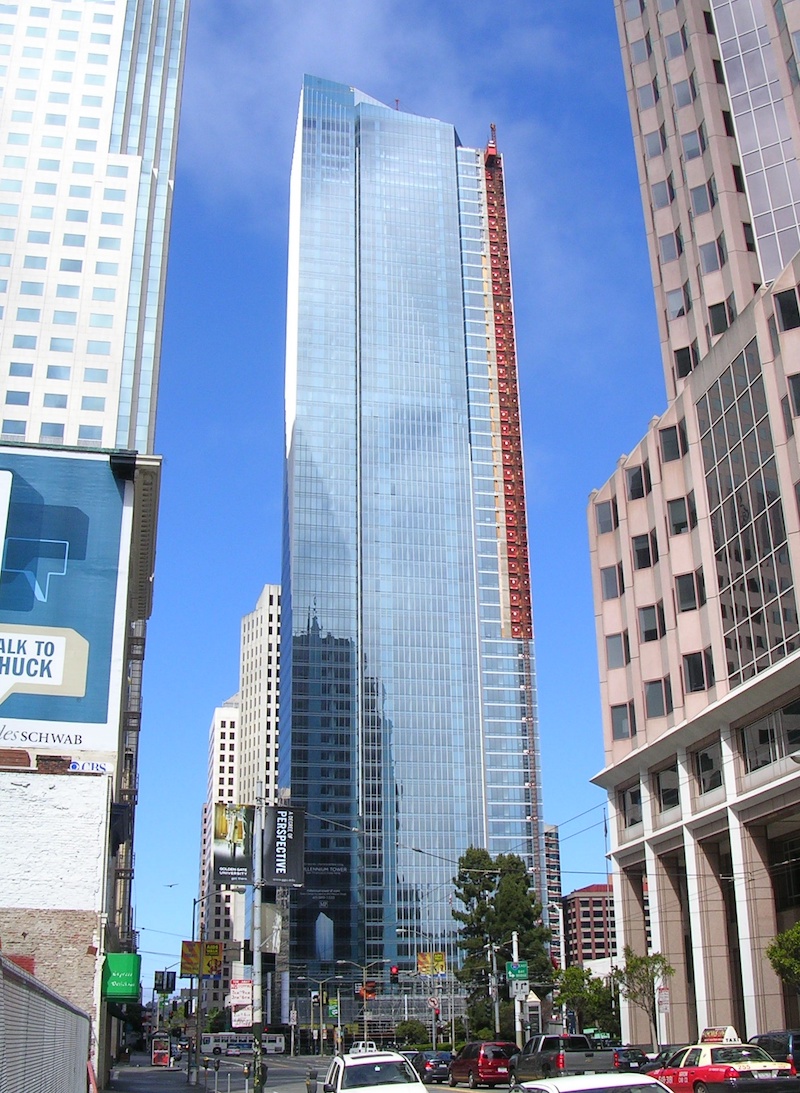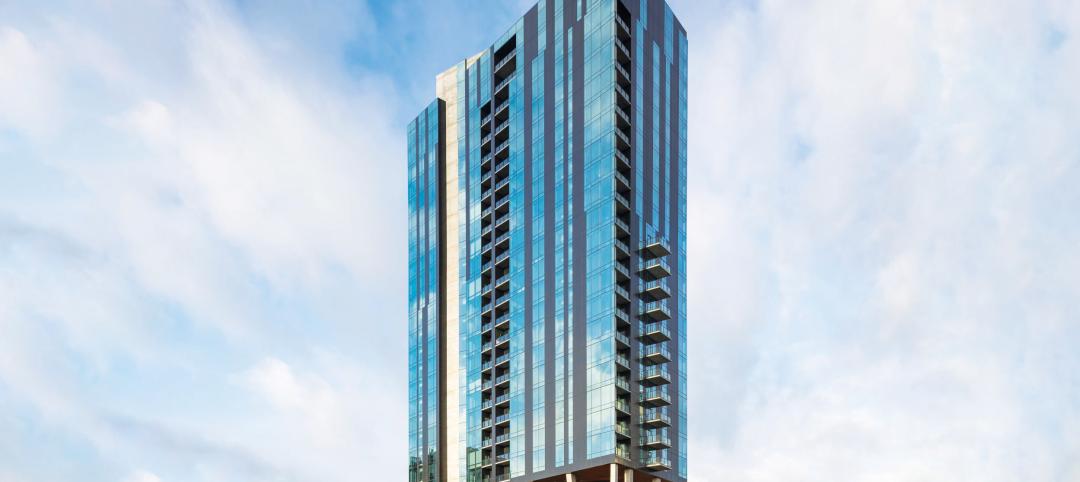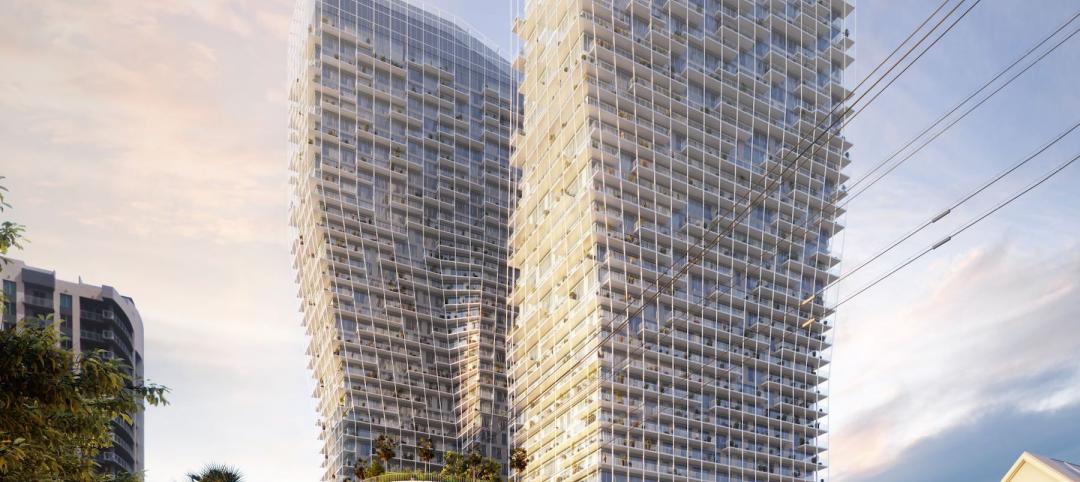When residents of San Francisco’s Millennium Tower plunked down the cash (sometimes as much as $10 million) to live the 58-story building, they were probably expecting their new home to be packed with amenities and luxuries to make their lives as easy as possible. But the odds are, what they weren’t expecting was the need to question whether or not their new living arrangements were safe. But that is exactly what many residents are beginning to do after the tower has sunk 16 inches since its completion in 2009. The tower has also tilted by two inches at the base and about 6 inches at the top.
According to sanfrancisco.cbslocal.com, a spokesman for Millennium Partners, the building’s developer, says some sinking was expected, but the 16 inches is almost three times more than what was originally predicted. Even so, the spokesman says the seismic performance has not been affected and the leaning and sinking does not represent a safety risk.
Millennium Partners is blaming the issue on the Transbay Joint Powers Authority, saying the construction of their new rail terminal is to blame. To build the terminal, Transbay dug a 60-foot hole to create a dry construction site and pumped out millions of gallons of groundwater, which compressed and weakened the soil under Millennium Tower.
Transbay Joint Powers Authority, however, is pointing the finger back at Millennium Partners, saying the building had already sunk 10 inches before construction on the terminal even began. They say the real reason for the issue is due to Millennium Partners cutting corners to save money. Instead of driving piles about 200 feet down into bedrock, they were instead driven 60 to 90 feet down into dense sand. The transit authority released a statement saying the building would not be tilting today if it had been anchored to bedrock.
Millennium Partners spokesman says the building was built correctly and other buildings in the area, such as the Intercontinental and St. Regis hotels, have similar foundations.
While safety is a major concern to residents, many are also worried about the issue affecting property values. To this point, the cracks that have appeared in the walls due to the building settling have all appeared in the parking garage, and no damage has occurred to any of the units.
*Update* (Feb. 6, 2017)
Over the past few months, things have certainly not gotten any better for the ailing tower or its frsutrated residents. According to experts that have continued to do site inspections, Millennium Tower is still safe to live in, but that hasn't stopped a group of more than 20 residents from filing multiple lawsuits against Millennium Partners, the City of San Francisco, and the Transbay Joint Powers Authority (TJPA).
According to the Denver Post, the 20 or so residents, who collectively paid around $75 million for their condos, allege that Millennium Partners knew the building had sunk 8.3 inches into the ground as early as 2009, just one year after the building was completed. Furthermore, they believe Millennium Partners hid the building’s faulty structure from buyers, saying the city’s administrators also helped to conceal the engineering flaws. Both Millennium Partners and the city deny the allegations.
The TJPA has also been named in the residents’ suit due to the construction of the new rail terminal. If the TJPA is found to be at fault, San Francisco taxpayers may find themselves on the hook for covering the building’s repair costs. The TJPA has also denied the allegations.
Another development has arisen that may add to the collective headache of Millennium Tower residents. As the Denver Post reports, Millennium Partners is insured to cover around $100 million in damages caused by settlement or construction defects with the policy split among several insurers. The building’s architect, structural engineer, and general contractor hold ancillary policies worth another $50 million to $100 million. The problem is, rectifying the problems plaguing the ailing tower could cost much more than that amount.
And if that isn’t bad enough, the coverage may not even be available under the liability policy. There is a possibility coverage has been voided by the flaws in the building.
As the building continues to lean and responsibility for the failure continues to get passed around, any possible solutions for Millennium Tower grow more and more complicated.
Related Stories
Products and Materials | Jan 18, 2023
6 innovative products for multifamily developments
Here are six innovative products for various multifamily developments, including a condominium-wide smart electrical system, heavy-duty aluminum doors, and prefabricated panels.
Cladding and Facade Systems | Dec 20, 2022
Acoustic design considerations at the building envelope
Acentech's Ben Markham identifies the primary concerns with acoustic performance at the building envelope and offers proven solutions for mitigating acoustic issues.
High-rise Construction | Dec 7, 2022
SOM reveals its design for Singapore’s tallest skyscraper
Skidmore, Owings & Merrill (SOM) has revealed its design for 8 Shenton Way—a mixed-use tower that will stand 63 stories and 305 meters (1,000 feet) high, becoming Singapore’s tallest skyscraper. The design team also plans to make the building one of Asia’s most sustainable skyscrapers. The tower incorporates post-pandemic design features.
Mass Timber | Aug 30, 2022
Mass timber construction in 2022: From fringe to mainstream
Two Timberlab executives discuss the market for mass timber construction and their company's marketing and manufacturing strategies. Sam Dicke, Business Development Manager, and Erica Spiritos, Director of Preconstruction, Timberlab, speak with BD+C's John Caulfield.
Giants 400 | Aug 22, 2022
Top 90 Construction Management Firms for 2022
CBRE, Alfa Tech, Jacobs, and Hill International head the rankings of the nation's largest construction management (as agent) and program/project management firms for nonresidential and multifamily buildings work, as reported in Building Design+Construction's 2022 Giants 400 Report.
Giants 400 | Aug 22, 2022
Top 200 Contractors for 2022
Turner Construction, STO Building Group, Whiting-Turner, and DPR Construction top the ranking of the nation's largest general contractors, CM at risk firms, and design-builders for nonresidential buildings and multifamily buildings work, as reported in Building Design+Construction's 2022 Giants 400 Report.
Giants 400 | Aug 22, 2022
Top 45 Engineering Architecture Firms for 2022
Jacobs, AECOM, WSP, and Burns & McDonnell top the rankings of the nation's largest engineering architecture (EA) firms for nonresidential buildings and multifamily buildings work, as reported in Building Design+Construction's 2022 Giants 400 Report.
Giants 400 | Aug 22, 2022
Top 80 Engineering Firms for 2022
Kimley-Horn, Tetra Tech, Langan, and NV5 head the rankings of the nation's largest engineering firms for nonresidential buildings and multifamily buildings work, as reported in Building Design+Construction's 2022 Giants 400 Report.
High-rise Construction | Aug 11, 2022
Saudi Arabia unveils plans for a one-building city stretching over 100 miles long
Saudi Arabia recently announced plans for an ambitious urban project called The Line—a one-building city in the desert that will stretch 170 kilometers (106 miles) long and only 200 meters (656 feet) wide.
Building Team | Jun 13, 2022
A mixed-used building to rise above Fort Lauderdale, with views of downtown and the ocean
ODA, a New York-based architecture and design studio, recently released renderings of Ombelle, a project including two residential towers in Fort Lauderdale, Fla.

















